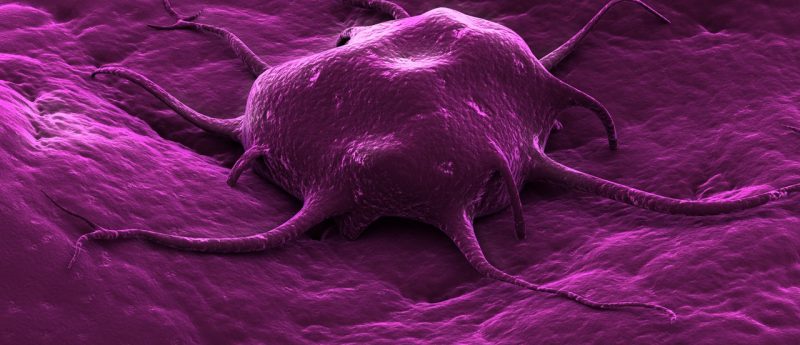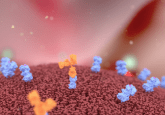Screening method developed to detect prostate cancer recurrence

Researchers at the Beckman Institute, University of Illinois (IL, USA) have employed quantitative phase imaging to predict the risk of recurrence for prostate cancer patients, a test they believe could reduce the need for radical surgical intervention.
Prostatectomy, a treatment option for prostate cancer, involves removal of all or part of the prostate gland. While the procedure is commonly used, studies have shown that it may extend life expectancy for as few as 1 in 48 patients, and side effects can significantly reduce quality of life. Gabriel Popescu, director of the Quantitative Light Imaging Laboratory at the Beckman Institute, explained, “If you had a tool that could tell which patient will actually be more likely to have a bad outcome, then you could more aggressively treat that case.”
The research team employed spatial light inference microscopy, a label-free method, to analyze prostatectomy tissue microarrays with localized measurements of light scattering. This method involves quantitative phase imaging, by which the difference in the sample’s physical properties is examined by scattering light through the tissue surrounding the prostate glands. The researchers found that a higher value of anisotropy indicated a higher degree of organization in the tissue, and vice versa. “We found that for patients who had bad outcomes, the connective tissue around the glands is more disorganized than in the case of patients who have better outcomes,” described Shamira Sridharan, lead author of the study.
Sridharan and her colleagues believe that by examining the quality of the tissue surrounding cancerous prostate gland, they can predict progression of the disease before surgery, at the biopsy stage. Popescu elaborated, “The idea behind our method is that, if we can predict recurrence after prostatectomy, chances are we can predict recurrence at a biopsy level, before any radical surgery is performed.”
The team from the Quantitative Light Imaging Laboratory collaborated with pathologists to analyze their findings, including Andre Balla from the University of Illinois. “It is rather remarkable that the difference between cancers with bad outcomes and good outcomes is found not in the malignant cells, but in the tissue adjacent to the cancer,” Balla remarked. “Possibly, this is because the body can recognize which tumors are more aggressive and react to them.”
“The next step is trying to help with patient treatment decisions and translating this to the biopsy, pre-surgery stage,” concluded Sridharan. “This method is very promising and demonstrates the potential to help with determining who should undergo active surveillance versus surgical treatment.”
Source: Beckman researchers develop new screening method for prostate cancer recurrence.




